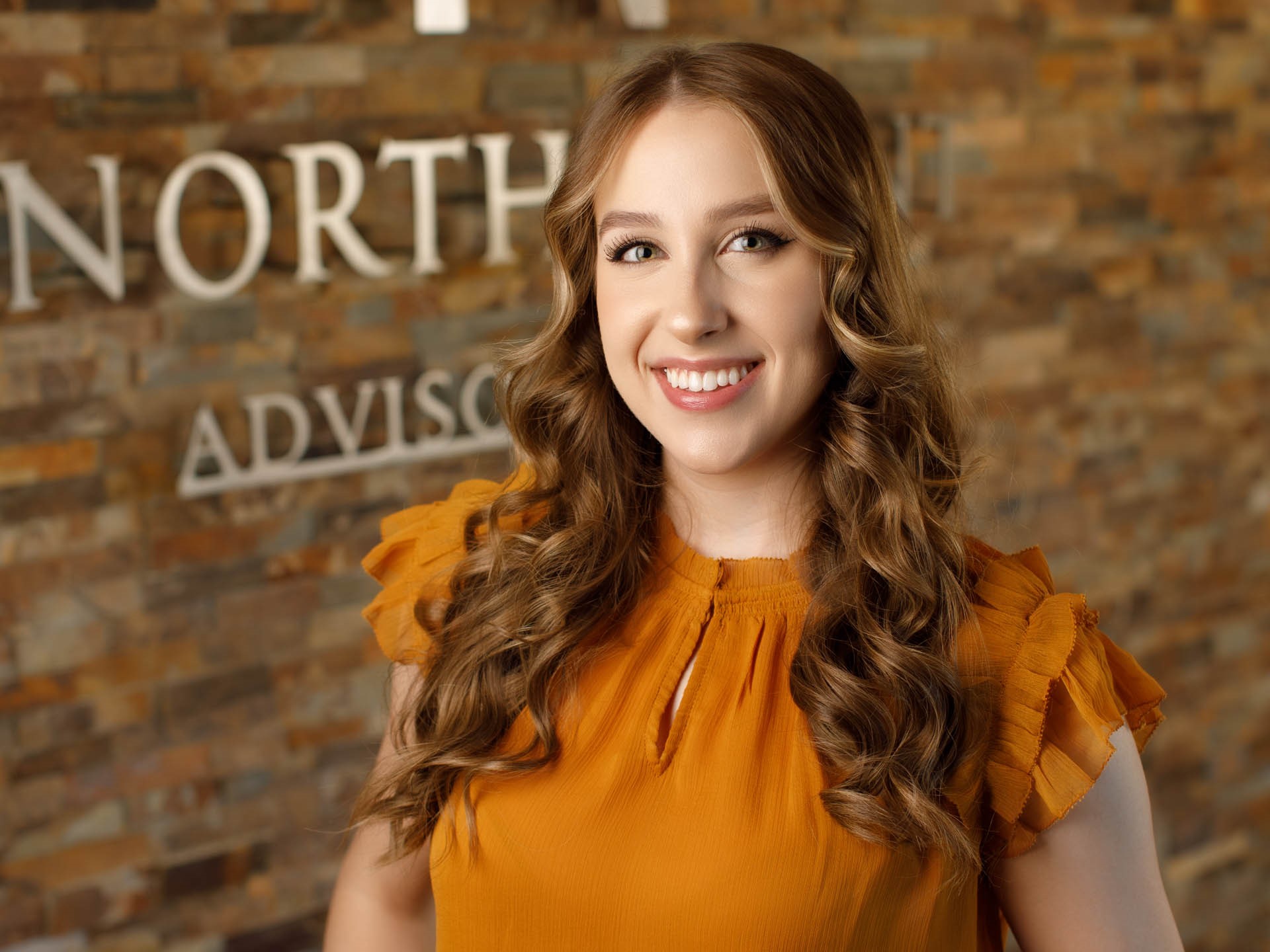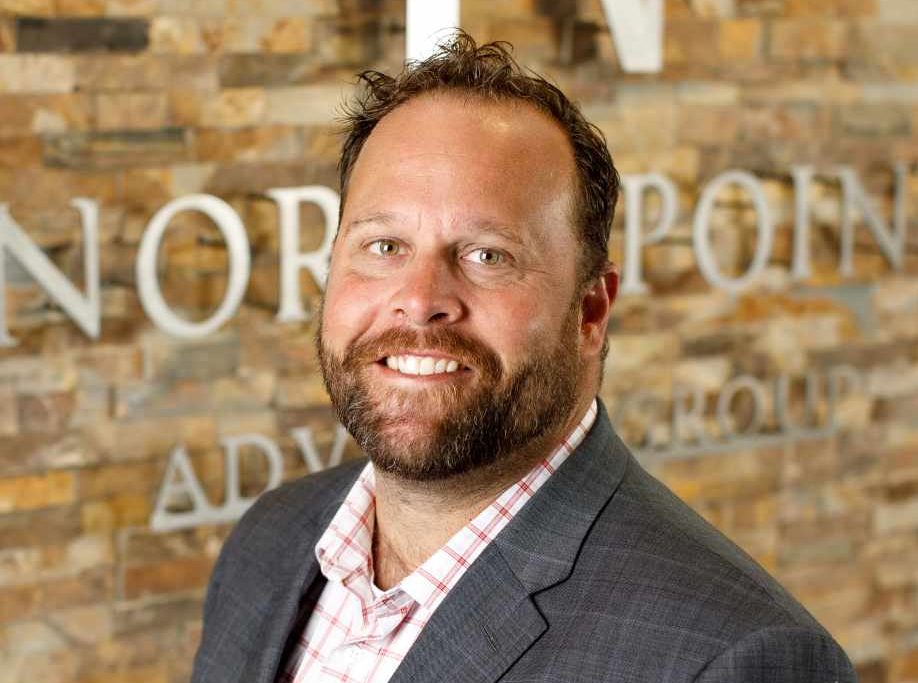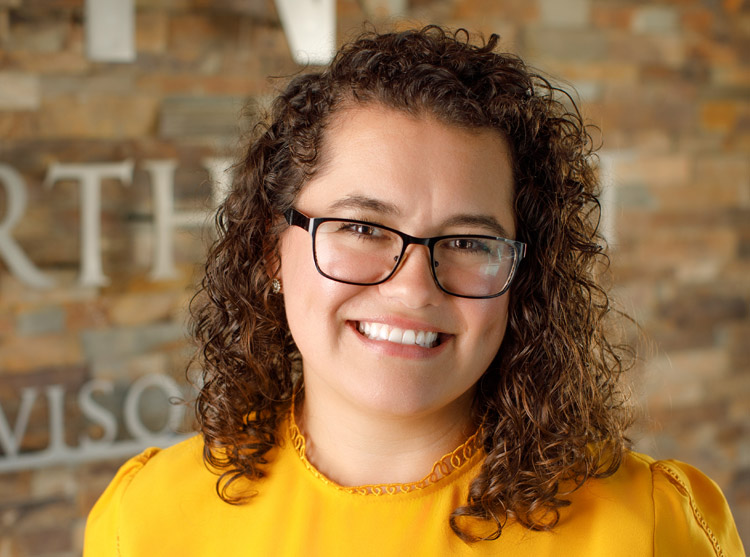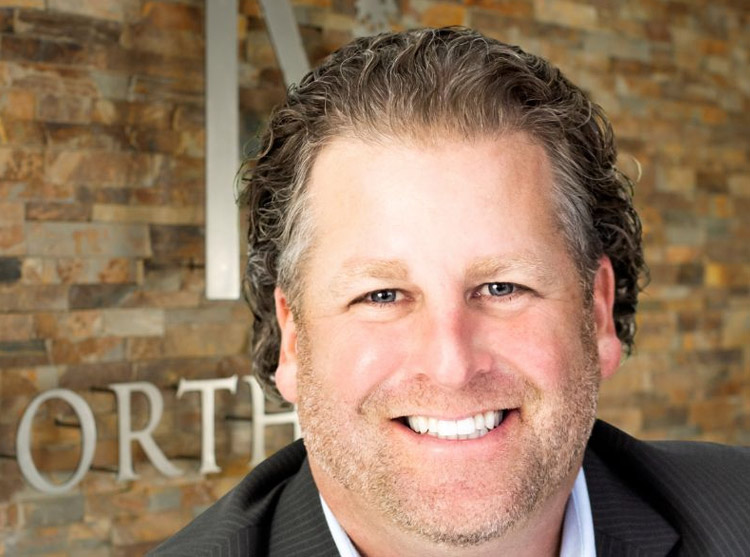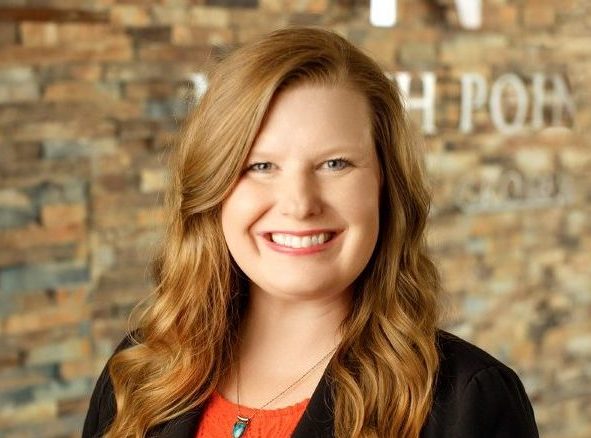It’s summertime in the Midwest, and for many families, that means spending time at the cabin or lake home creating cherished memories, laughter-filled weekends, and a reprieve from the distractions of everyday life. As the years go by, it becomes even more than that. It becomes a symbol of tradition and legacy. It’s where kids learn to fish, family stories are shared around the fire, and it can be one of the only times of the year for the entire family to come together, freeze time, and simply catch up. These homes hold deep emotional value.

But when it comes to planning for the future of a family cabin, emotions alone can’t carry the torch. Without diligent planning, even the most cherished places can become sources of family conflict. Thoughtful financial and estate strategies can help protect not just the property itself, but the relationships connected to it.
Why Planning Matters
Family cabins often involve shared ownership, and that can get complicated. Siblings may have different levels of interest, different financial situations, or simmering resentments that date back decades. If there’s no plan in place, even small issues can grow into big problems.
Here’s what can happen:
- One sibling wants to sell their share, while others want to keep the cabin.
- Disagreements over who should pay for repairs or property taxes.
- Some family members use it all the time, while others rarely get the chance.
- No one’s quite sure what the rules are for things like renovations, guests, or renting it out.
When expectations aren’t clear, it can put strain on the very relationships the cabin was meant to bring closer. But it doesn’t have to be that way.
Ways to Keep the Cabin, and the Peace
1. Cabin LLC or Family Cabin Trust
Placing the cabin in an LLC or a specially designed trust can provide structure. It allows for clearly defined ownership and voting rights, rules for use, maintenance, handling expenses, and exit strategies if someone wants out. These structures can help separate emotional decisions from legal and financial ones, giving the family a roadmap for handling disputes fairly. These often include:
- Defined ownership shares among family members
- Voting procedures for major decisions (e.g., selling the cabin, taking on large expenses)
- A schedule for who can use the cabin and when
- Financial responsibilities, such as how property taxes, repairs, and utilities will be funded
- Exit strategies, in case someone wants to sell their interest
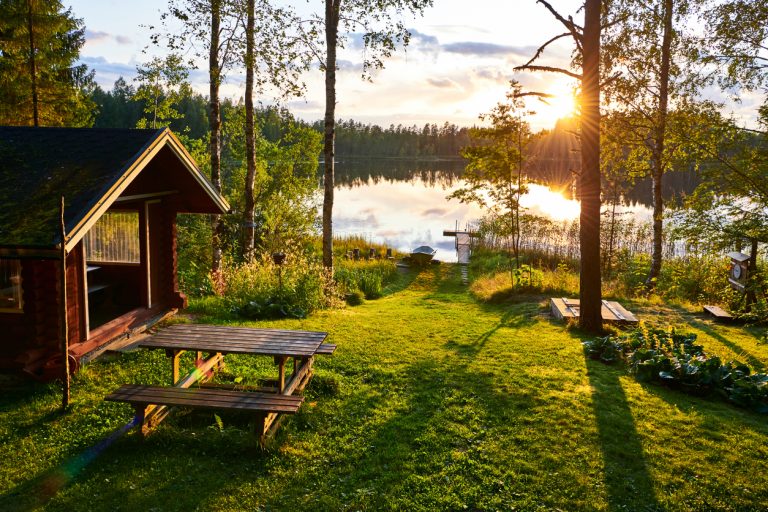
2. Use Agreements
Even if a trust or LLC isn’t feasible, a simple use agreement can go a long way. It’s essentially a “cabin rulebook” created by and for the family. While not always legally binding, it helps set expectations and prevent misunderstandings. A good use agreement might cover:
- A rotating schedule for cabin use, especially during holidays or summer weekends
- Responsibilities for cleaning, stocking supplies, or closing up for the season
- How costs will be shared, such as through a joint cabin fund
- Ground rules for hosting friends, making improvements, or renting it out

3. Gifting or Gradual Ownership Transfer
Another option is to transfer ownership over time to the next generation. This can be done through annual gifting strategies or by gradually selling shares. This gives adult children the opportunity to step into a sense of ownership and responsibility, while allowing the original owners to remain involved. Some of the key considerations in doing so include:
- Be clear about the timelines and what the transition will look like
- Make sure everyone understands the roles and responsibilities during the transition
- Get a fair market valuation to avoid tax issues if selling to family below market value
- Legally document all details to formalize the process and protect everyone’s interests

4. Equalizing with Other Assets
Not every child may want a share of the cabin. In some cases, families use life insurance or other assets to “equalize” an estate, giving the cabin to one child and providing equivalent value to others in different ways. It’s common for some children to want the cabin and others not to. Families can use other estate assets, such as cash, investment accounts, or life insurance proceeds, to provide equitable value to children who aren’t involved in the cabin. Some examples might be:
- One child receives the cabin, while another receives a brokerage account of similar value
- A life insurance policy is used to “buy out” siblings who don’t want co-ownership
- Family meetings clarify everyone’s desires and help avoid resentment later
This approach honors each family member’s preferences and keeps relationships intact.

Start the Planning Process
At North Point, we help families have these conversations and build plans that work for everyone. Involving a financial advisor or estate planning attorney can make the process feel more fair, flexible, and legally sound.
No two families are the same, but with the right planning, the family cabin can be more than just a place full of memories. It can become a legacy that lasts for generations. Whether it’s a simple lakeside retreat or a rustic cabin in the woods, these places deserve more than hope and handshake agreements. They deserve a plan that keeps them part of your family’s story for generations to come.




